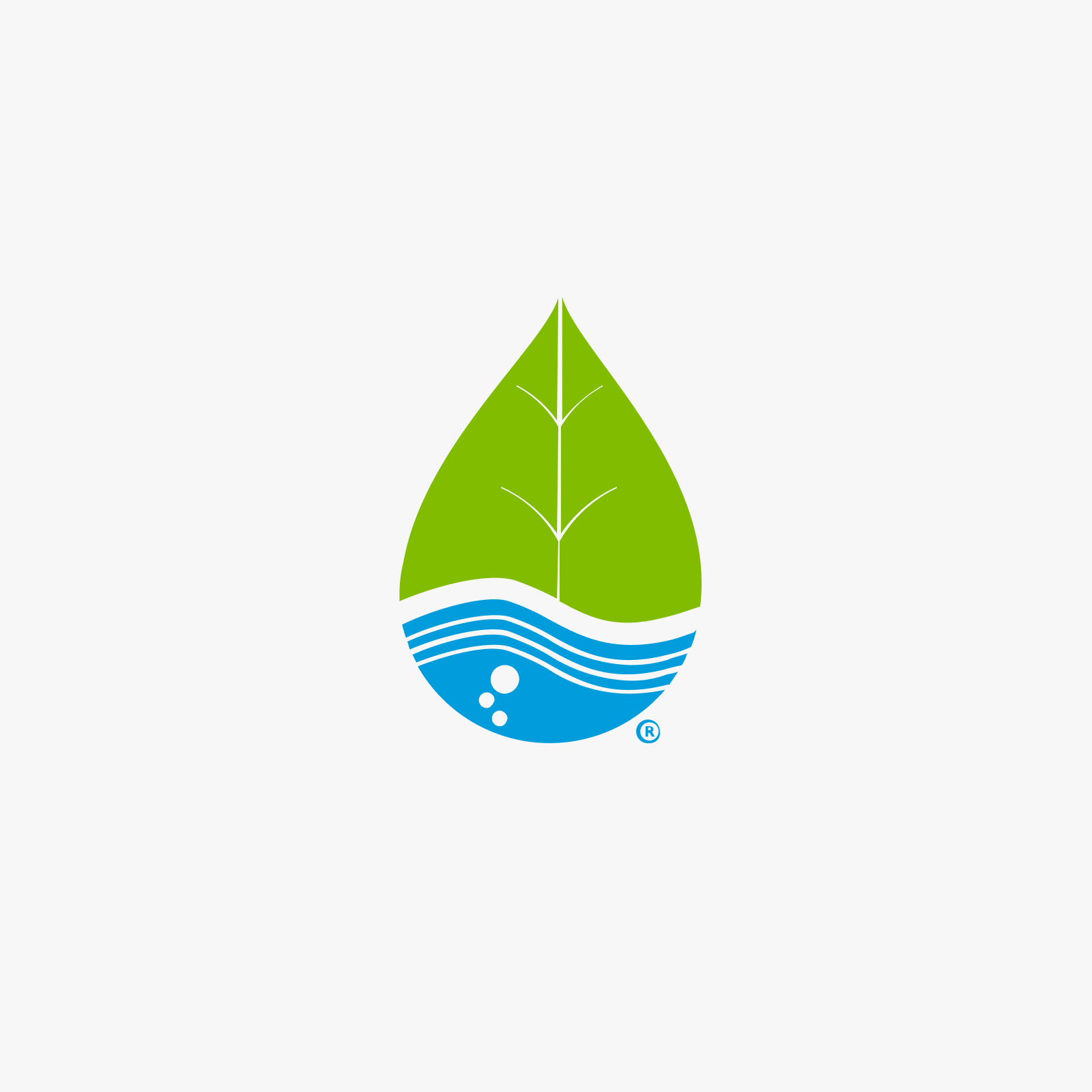This method of growing plants suspends the plant roots in the air and fertigates the plants by misting the roots with a nutrient solution. The advantages of this system are that it is a highly oxygenated system and allows the grower to harvest plant roots without removing the plant. One of the disadvantages is that because very little if not zero media is used, the amount of time that the plants can survive in the event of pump failure is very limited. Also, because the plant roots must stay moist at all times, the pump must run continuously or extremely frequently which consumes more electricity and decreases pump longevity. The aeroponic method is used frequently in plant physiology when harvesting roots is necessitated, but due to the disadvantages of aeroponic methodology the commercial use for plant cultivation is limited. Aeroponics for plant propagation, however, is highly popular due to the rapid growth of roots associated with increased oxygen in the rhizosphere and the lack of media required to generate a new plant.
Deep water culture (DWC) is the one of the oldest method of hydroponics to date. In this system, the plants roots are submerged in water that is aerated typically by using an air pump and air stone. The advantage to this system is the simplicity of technology and high level of humidity in the root zone. The disadvantage of this type of system is that if the source of oxygen in nutrient solution is reduced or fails, there is limited capacity for the plants to maintain vigor. This method is extremely productive and popular for production of lettuce, herbs, and other leafy greens.
Drip feed hydroponics is one of the most popular methods of fertigating plants because of overall reliability, high performance, and low cost. In this method, plants are fed via a pump, injection system using water pressure, or gravity with a water tank to provide pressure to a series of drip lines that evenly distribute nutrient solution to all plant sites. The ability of the grower to control nutrition, moisture content of the growing media, and osmotic potential of the plant is easily achieved by varying concentration of the nutrient solution, volume of solution per irrigation cycle, and timing of irrigation intervals. The use of pressure compensated emitters will make the volume of solution distribution more uniform for larger systems or larger areas of irrigation.
-

Ebb & Flow Garden System
The Ebb and Flow method feeds plants by flooding the plant site(s) with a nutrient rich solution and then allowing...
In this method of hydroponics, a thin film of nutrient solution is constantly flowing across the plant roots in a tray or trough. Like aeroponics, this system utilizes very little to zero growing media for plant roots to colonize which in the event of pump failure gives very little time before roots dry out and can lead to loss of crop. The advantage of a NFT system is the high level of oxygen in the root zone and the relative simplicity of the components using for fertigation. This system is most popular for growing leafy greens and herbs at the commercial production level.
The simplest form of hydroponics is the wick system of fertigating your plants using completely passive methods. In this system, plants draw up the nutrient solution via a fibrous material that is placed in a reservoir. The simplicity of this system is its only advantage because there are no moving parts there is little chance of failure as long as there is water available. The disadvantages of this system are that it does not allow the grower to control rate and frequency of irrigation and during warmer periods the wick system may not be able to keep up with the irrigation needs of the plant. This is the least popular type of hydroponic system and is rarely used at the commercial level.